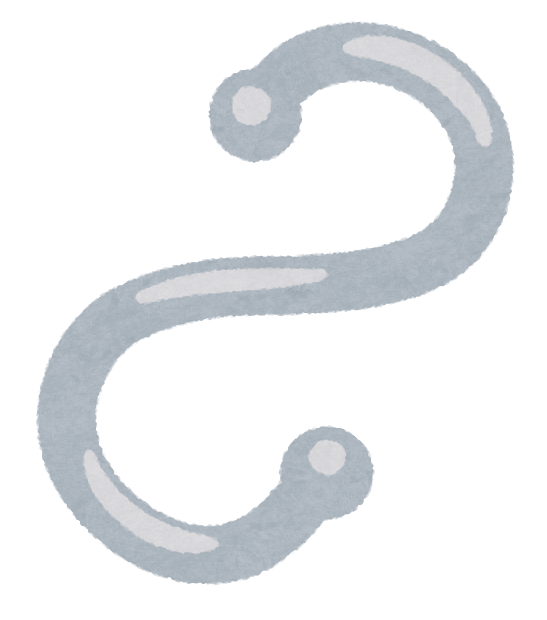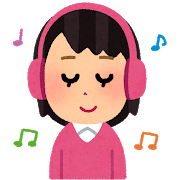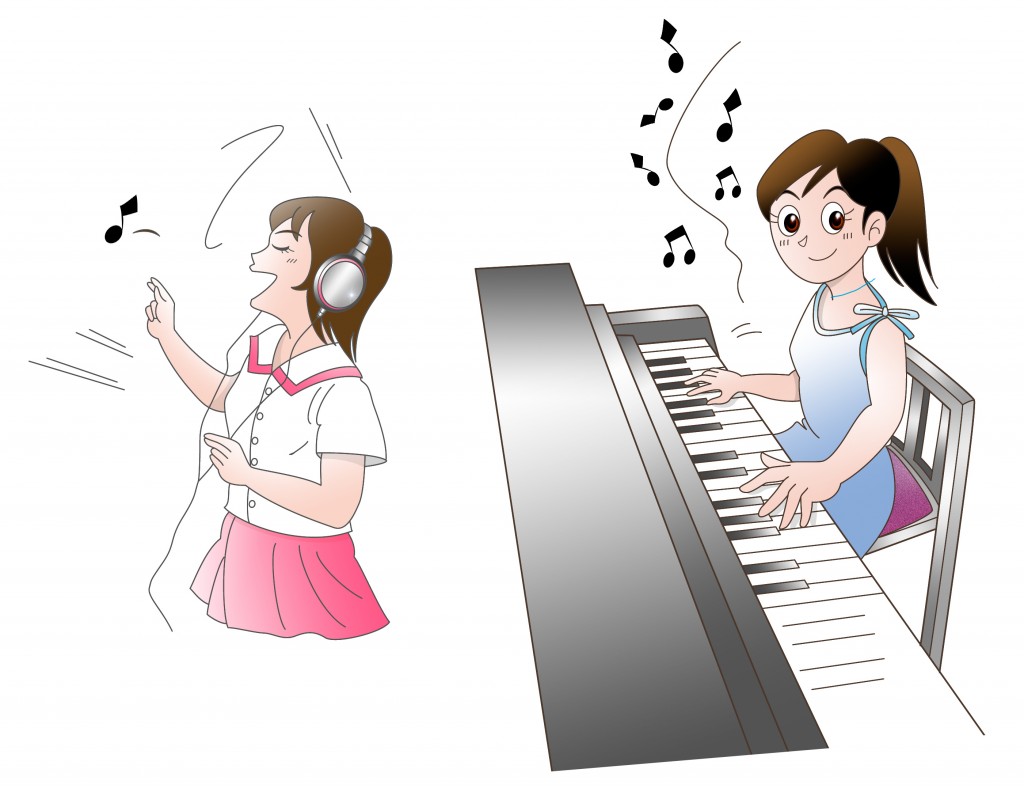E wo mite,namae wo itte miyou

Sensei mo ato ni tsuduite iou.
| 1. | pen |
ペン
Penn |
| 2. | notebook |
ノート
No-to |
| 3. | blackboard |
こくばん
Kokubann |
| 4. | pen |
ペン
Penn |
| 5. | pen |
ペン
Penn |
| 6. | pen |
ペン
Penn |
Yonde miyou!
Yonde miyou. Senseino ittakotowo kurikaesou.
| 1. |  |
I write with a pen. ペンでかく |
| 2. |  |
I write with a pen. ペンでかく |
| 3. |  |
I write with a pen. ペンでかく |
| 4. |  |
I write with a pen. ペンでかく |
| 5. |  |
I write with a pen. ペンでかく |
Tadashii no ha dore kana?
|
1.
I have _____ head. |
||
 |
||
|
three 3つ |
one 1つ |
five 5つ |
|
2.
I have _____ head. |
||
 |
||
|
three 3つ |
one 1つ |
five 5つ |
|
3.
I have _____ head. |
||
 |
||
|
three 3つ |
one 1つ |
five 5つ |
|
4.
I have _____ head. |
||
 |
||
|
three 3つ |
one 1つ |
five 5つ |
|
5.
I have _____ head. |
||
 |
||
|
three 3つ |
one 1つ |
five 5つ |
|
6.
I have _____ head. |
||
 |
||
|
three 3つ |
one 1つ |
five 5つ |
Yatte miyou!
Hai nara, ikkai tewo tatakou. Iie nara, nikai tewo tatakou.
| 1. |  |
Is this a head? これはあたま? |
| 2. |  |
Is this a head? これはあたま? |
| 3. |  |
Is this a head? これはあたま? |
| 4. |  |
Is this a head? これはあたま? |
| 5. |  |
Is this a head? これはあたま? |
| 6. |  |
Is this a head? これはあたま? |
Yoku dekitane! Kyou wa arigatou. Baibai!























